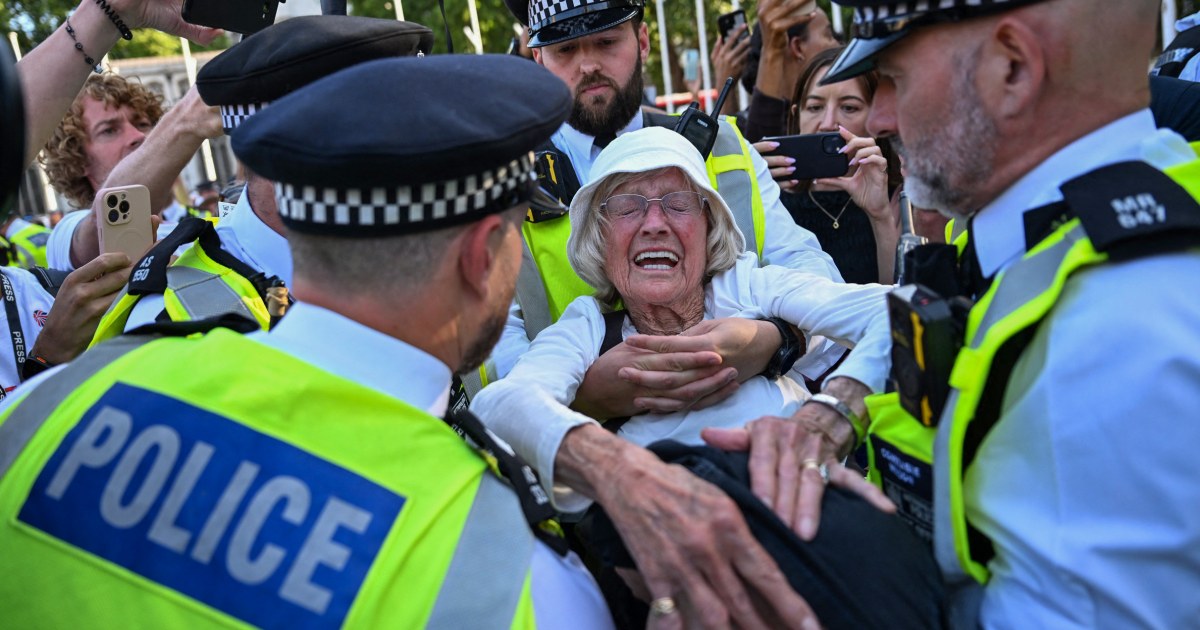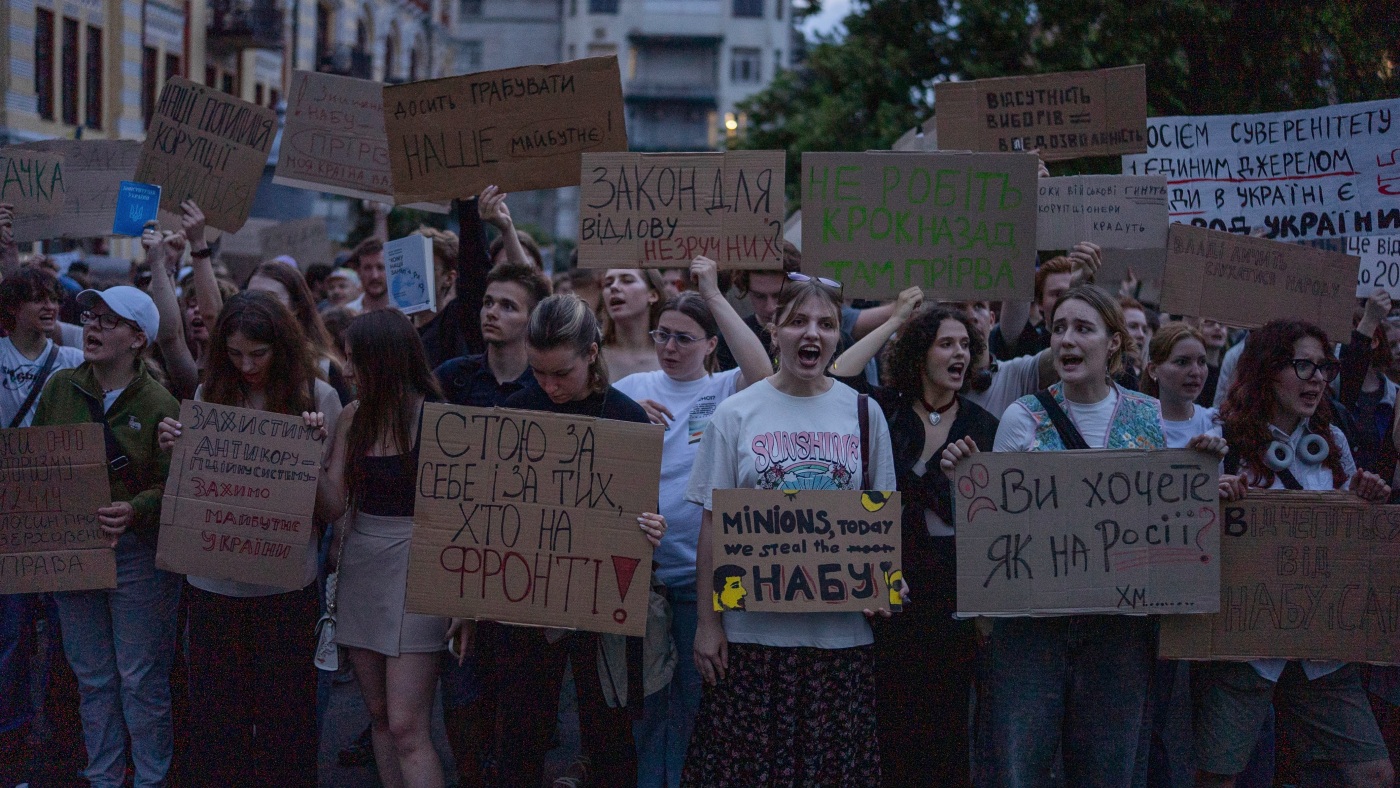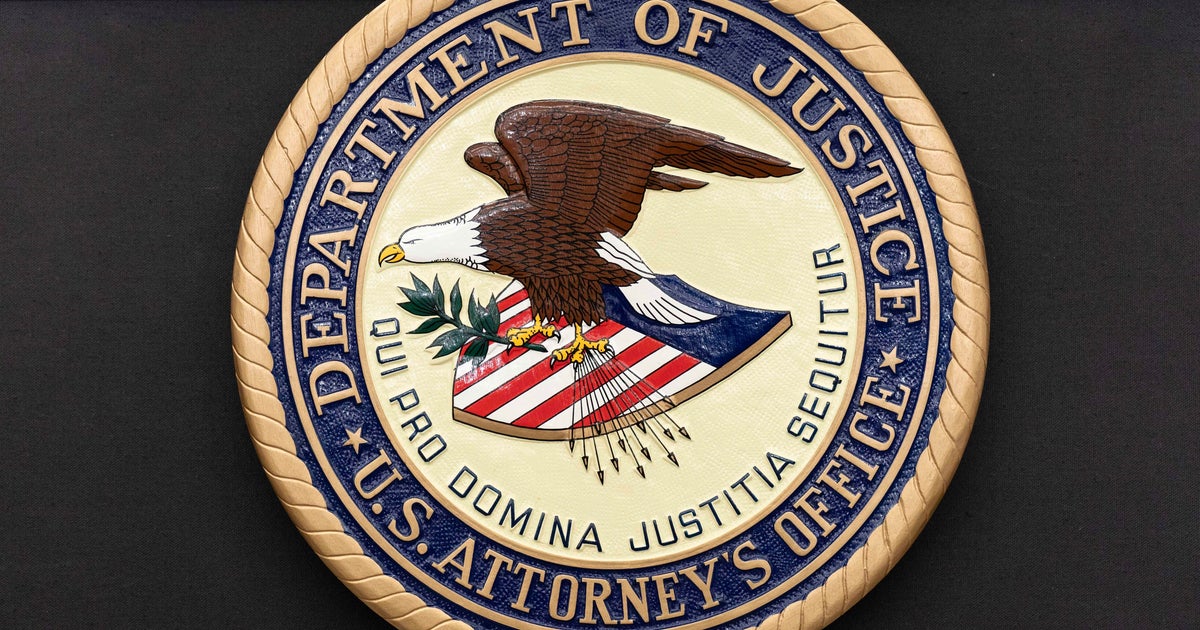Chaos Erupts in Philippine Protests
Introduction
On Sunday, chaos erupted near the Philippine presidential palace as clashes broke out between police and protesters. The violence resulted in dozens of arrests and injuries, with 49 people being taken into custody for attacking officers.
Key Details
The protests were in response to a corruption scandal involving lawmakers and other officials. Over 33,000 people had gathered elsewhere in Manila to peacefully express their frustration and demand justice for the alleged wrongdoing. However, the situation quickly turned violent as some individuals began throwing objects at the police and attempting to break through barricades.
The clashes lasted for several hours and resulted in injuries on both sides. Police used water cannons and tear gas to disperse the crowd, while some protesters also sustained injuries from the confrontation. The chaos eventually subsided, but the tension and unrest in the country remain.
Impact
This incident highlights the ongoing political and social issues in the Philippines, as well as the frustration and anger of the people towards corruption and abuse of power. It also raises concerns about the use of force by law enforcement and the need for peaceful dialogue and resolution of conflicts.
About the Organizations Mentioned
Philippine presidential palace
## Overview and Role Malacañang Palace, officially known as the Malacañang Palace Complex, is the official residence and principal workplace of the President of the Philippines, as well as the symbolic heart of the Philippine executive branch[2][3][5]. The term “Malacañang” has become a metonym for the presidency and the executive branch itself, reflecting its central role in governance and national politics[3][5]. The palace complex is located in the San Miguel district of Manila, along J.P. Laurel Street, and is considered one of the most important historical and political landmarks in the country[2][3][5]. ## Historical Background Originally built in 1750 as a modest summer house by Spanish aristocrat Don Luis Rocha, Malacañang began as a riverside retreat for the Manila elite[3][5][6]. The property was acquired by the colonial government in 1825 and transformed into the official residence of Spanish governors-general[3][5]. During the American colonial period, it became the home of U.S. governors-general, including William Howard Taft, and later, after Philippine independence, it has housed every president except Emilio Aguinaldo[3]. The palace has witnessed numerous pivotal events, including colonial transitions, the Japanese occupation, martial law, and the People Power Revolution[3]. ## Key Achievements and Developments Over the centuries, Malacañang has evolved from a simple casita to a fortified complex blending Spanish Colonial, bahay na bato, and Neoclassical architectural styles[5][6]. Major expansions occurred during the American era, including the construction of the Executive Building (Kalayaan Hall), designed by American architect Ralph Harrington Doane and Filipino architect Tomas Mapua[4]. The palace has been repeatedly renovated to accommodate modern security and administrative needs, with its exterior now bullet- and bomb-proof[6]. Malacañang also houses a museum showcasing the natio
Manila
**Manila** represents the vibrant heart of the Philippines’ burgeoning technology and startup ecosystem, positioned as a key player in Southeast Asia’s digital economy. While "Manila" primarily refers to the capital city, in the context of business and technology, it encompasses a dynamic ecosystem of startups, government agencies, and tech enterprises driving innovation and economic growth. Over the past decade, Manila has seen remarkable growth in its tech sector, buoyed by a skilled workforce and supportive government policies. The Philippines’ Global Innovation Index ranking surged from 100th in 2014 to 53rd in 2024, reflecting Manila’s pivotal role in this progress[1]. The city hosts approximately 1,200 startups, supported by 65 incubators and accelerators, 55 venture capitalists, and over 200 coworking spaces. Between 2020 and 2024, Manila’s ecosystem attracted $2.4 billion in venture capital funding and generated $258 million in exit value, demonstrating resilience even during global VC downturns[1]. The government’s Innovative Startup Act and the establishment of agencies like the Department of Information and Communications Technology (DICT) have been instrumental in creating a robust environment for Filipino entrepreneurs. Key targets include doubling the number of startups, raising $10 billion in investments, and nurturing Filipino startups to unicorn status by 2030[1]. Manila’s tech scene is particularly strong in **artificial intelligence (AI)**, **cybersecurity**, and **fintech**, sectors expected to grow significantly in the coming years. The city’s expanding infrastructure—such as new data centers—and investments in internet connectivity, including rural areas, further enhance its appeal for tech talent and businesses[2]. The Manila Tech Summit 2025, a major fintech and governance event, underscores the ecosystem’s ambition to shape the future of digital finance and Web3 innovations in the country[5]. Notable aspects of Manila’s tech ecosystem include strong regulatory support, a rapidly growing digital economy
law enforcement
**Law enforcement** refers to government agencies and officers responsible for maintaining public order, enforcing laws, and protecting life and property within defined jurisdictions. These agencies include local police, state police, highway patrols, and federal bodies, each with specific roles and powers to investigate crimes, arrest suspects, and ensure public safety[2][3][4]. Historically, law enforcement has roots dating back to ancient societies, evolving as organized entities tasked with upholding societal rules and norms. Modern law enforcement agencies are empowered by governments with legal authority such as arrest, search, seizure, and the use of force, all regulated by judicial oversight to balance public safety with individual rights[2][4]. The core functions of law enforcement include community policing, crime investigation, emergency response, crowd control, and collaboration with other agencies and the public. Community policing emphasizes building trust and cooperation with the community to proactively reduce crime and address social issues. Specialized units within agencies handle complex investigations, cybercrime, narcotics, and more[1][3]. Key achievements of law enforcement include the development of investigative techniques, forensic science advancements, and the integration of technology such as body cameras, data analytics, and digital communication systems, which have significantly enhanced operational efficiency and accountability. Law enforcement also plays a critical role in the criminal justice system by gathering evidence and supporting legal processes that uphold justice and due process[1][4][6]. Currently, law enforcement agencies continue to adapt to emerging challenges including cybercrime, terrorism, and social justice concerns. Many agencies pursue accreditation and professional standards to improve transparency and effectiveness[7]. The integration of technology and data-driven approaches is reshaping policing strategies, making law enforcement a dynamic field essential to societal stability and rule of law. In summary, law enforcement agencies serve as the frontline defenders of legal order, balancing enforcement with community engagement and technological innovation to protect and serve society in an increasingly complex world.







